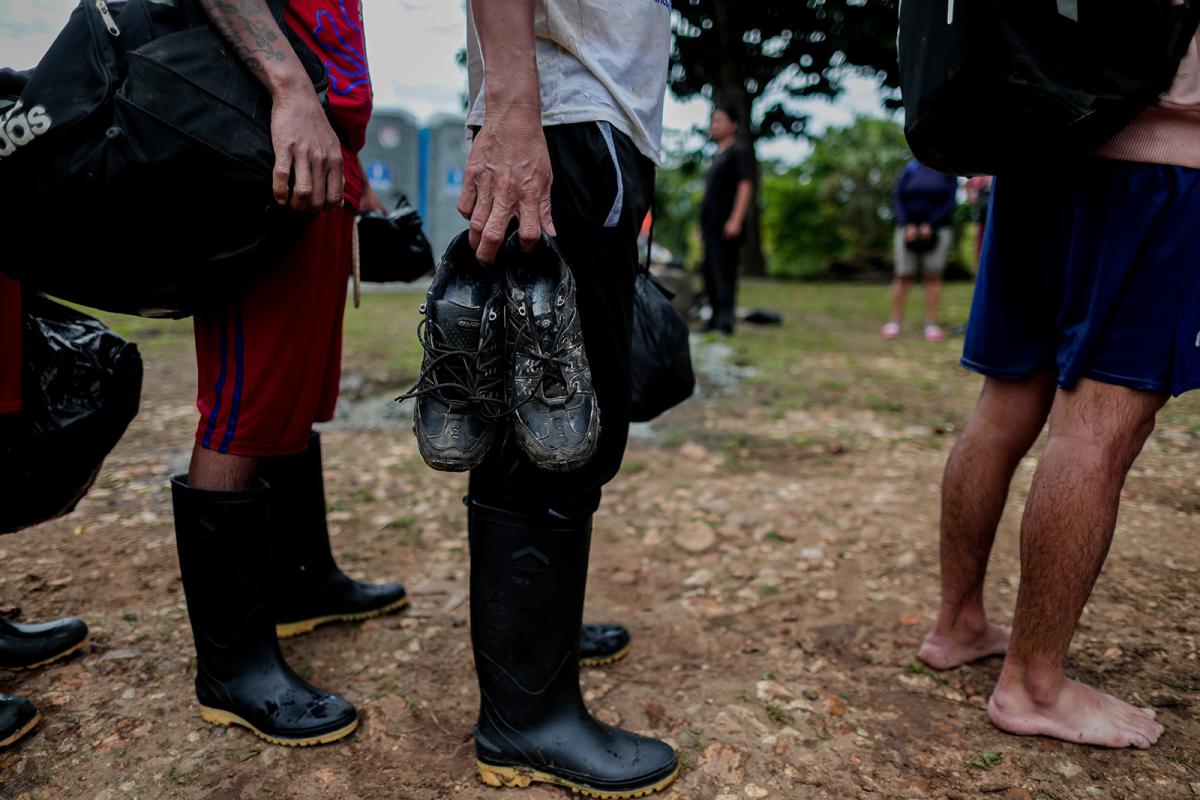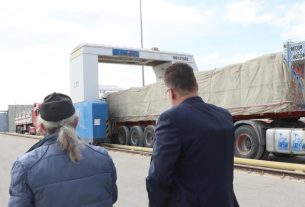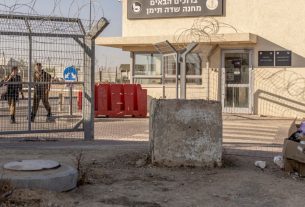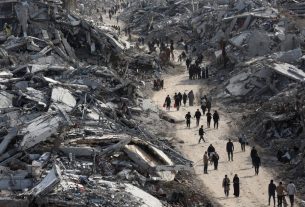[ad_1]
The name ‘Lajas Blancas’ might not ring a bell when thinking about famous locations to visit in Panama, but for people crossing the Darién Gap, reaching this place means being finally safe. Here, reception centres funded by EU humanitarian aid provide migrants and refugees with the essential services they need.
The Darién Gap is infamously known as one of the most dangerous gateways for the intense regional and transcontinental migration influxes in Latin America. Its namesake province is rich in large river basins, mountains and a dense jungle without roads or infrastructure.
People crossing the Darién jungle face all kinds of dangers, being preyed upon by wild animals and criminal gangs while enduring terrible environmental conditions such as flash floods, muddy hills, extreme humidity, and insects.
Many are women and children, families with older people or persons with disabilities, who are more vulnerable to violence and harm and have heightened protection needs. Some of them might not even make the crossing alive.

Reaching a safe space
‘Lajas Blancas’ is one of the arrival points for migrants who embark on this treacherous journey in the attempt to reach Central America, the United States or Canada through Panama.
Among them, there are more than 50 different nationalities. Some of the main factors fuelling this intense migration are the continued crisis in Venezuela, widespread violence in Colombia, local economic and socio-political crises, post COVID-19 economic difficulties and climate-induced displacement.
This has been the sad reality of around 228,000 people, who, according to official estimations, entered the Panamanian territory crossing the Darien by early December 2022.
Official figures remain a hard guess when assessing migration inflows as many migrants avoid the most known paths trying to escape gangs or be repatriated by authorities.
Migrants arriving in ‘Lajas Blancas’ are often injured or worn out by the long and perilous journey and need immediate assistance.
Providing urgent assistance

To help local capacities cope with the heavier migration influx, the EU funds projects in the Darién implemented by humanitarian partners such as the United Nations International Children’s Emergency Fund (UNICEF), the United Nations High Commissioner for Refugees (UNHCR), and the International Federation of Red Cross and Red Crescent Societies (IFRC).
Thanks to EU humanitarian funding, reception centres such as ‘Lajas Blancas’ provide migrants and refugees with essential services, including first aid and basic medical care and nutritional screening.
The reception centres also assist victims of gender violence, maternal and child care, and water and sanitation. Migrants receive support for legal registration and help to reconnect with family members.
Story by Federica Cuccia, EU Civil Protection and Humanitarian Aid Operations.
Publication date: 23/02/2023
[ad_2]
Source link



